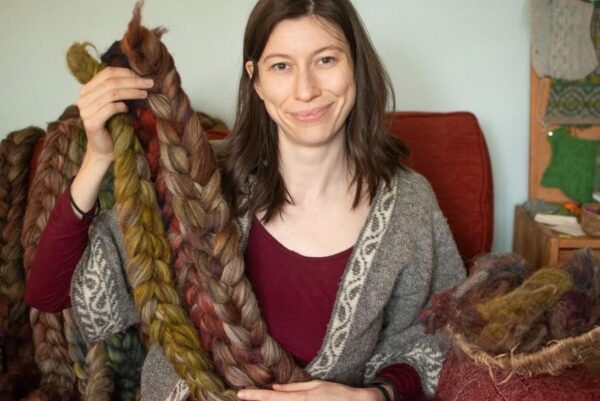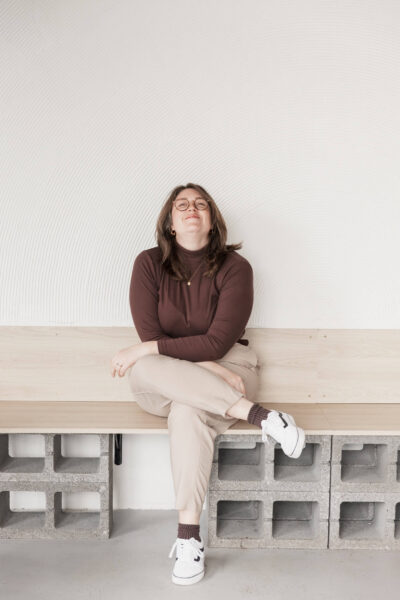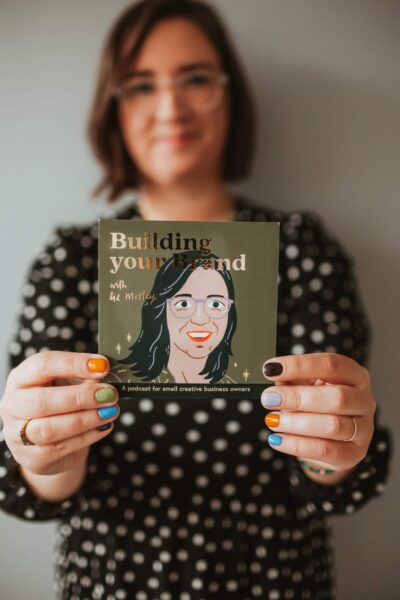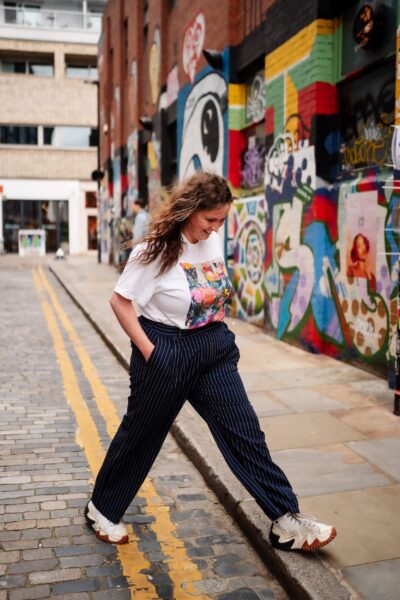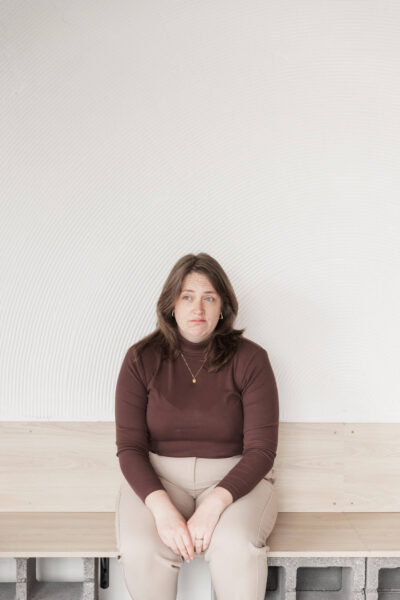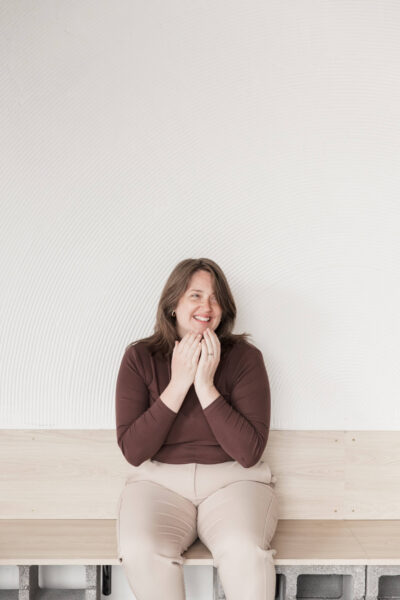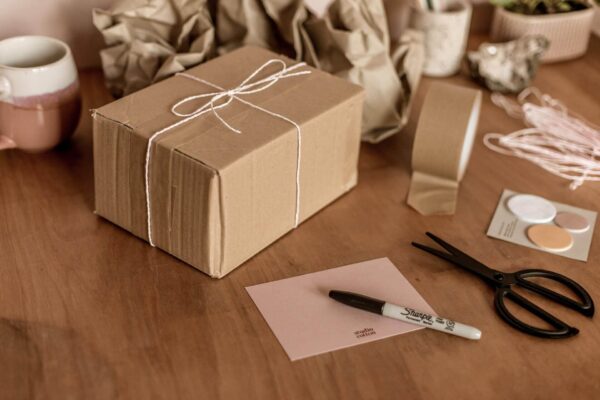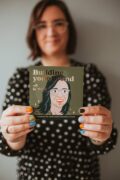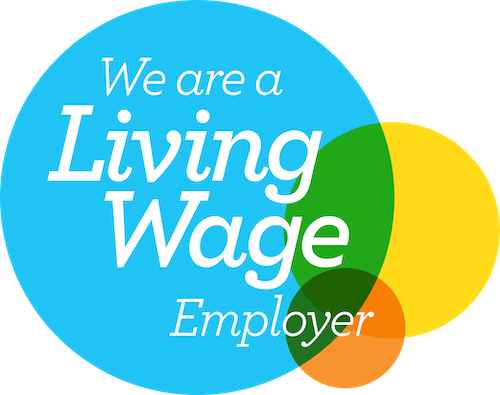Wanna sell more products? Well I wanna help you do just that. Product descriptions are *probably* the most important feature of an online shop, whether that’s your own ecommerce website or a marketplace like Etsy, Fy, Trouva, or Not On The Highstreet.
As someone who works with oodles and oodles of small businesses – I know that writing a totes bangin’ product description is one of the most difficult challenges to tackle. There’s no ‘Product Descriptions 101’ classes in the school syllabus, and it’s rarely a topic covered in any mainstream writing or business course.
And yet, there are thousands of peeps, just like you, whose whole thaanng would be vibing so much harder if their product descriptions were the best possible versions of themselves.
So here’s nine tidbits I’d like to see you add to your product descriptions. Improve your accessibility, positively impact your SEO, as most importantly, get that money money money. Money.*
1. A thorough description of physical characteristics
You might be surprised by how many product descriptions miss a key feature: an actual description of the product it’s promoting. The product description is your chance to turn a physical or digital thingy into words that peeps can read or hear, rather than a collection of pixels in a photo.
Some types of small businesses are already pretty darn good at this, like candle brands, beauty brands, or food and drink – where a key feature of their products like scent, feel, or taste can’t be captured in a photo.
Thoroughly describing the every product characteristic ensures you’re using lots of helpful phrases that will match Google users’ search queries, improving your SEO and organic traffic.
It also makes your business more accessible. Blind people shop online as much as anyone else, and they can’t rely on photography to understand your product.
A thorough product description will always be good for SEO, but it’s crucial for proving a non-exclusionary, non-discriminatory experience.
Bonus thing: make sure to cover the size of your product in measurement units and in practical terms, e.g. this tote bag is 40cm wide, plenty of space for a medium-sized laptop in a cute case.
2. A description of your product presentation and packaging
One big shift that happened during that dastardly pandemic was a new propensity for buying gifts online and having them shipping directly to loved ones (or maybe some not-so-loved ones where there would be mad family drama without a gift).
Describing how your products are presented and packaged makes them oh-so-much more giftable. I wanna hear about your beautiful boxes, pleasant pots, terrific tissue paper, and magnificent mailers.
You never know which feature of a product will be the dealbreaker or dealmaker for an individual customer, so cover all of your bases – maximise reasons to buy, and remove reasons not to buy.
↑ If I was the kinda Bristolian lady to quote myself, I’d choose this baby right here.
3. Sustainability and eco-friendly features
You small business owners are so so so dang good at making eco-friendly choices and environmentally-conscious decisions when it comes to creating your products and running your businesses.
You ruddy legends.
Now tell your customers about those choices and decisions. Sustainable, eco-certified, organic, plastic-free, cruelty-free, vegan, zero-waste, carbon neutral, environmentally conscious, recycled, and vintage characteristics can cause a pretty darn significant positive reaction from your customer.
At worst, you’ll get a subconscious “Oh, that’s nice”, and at best you’ll be sharing another one of those dealmakers and removing a pesky dealbreaker.
4. The reason why you make and/or sell the product
The biggest marketing advantage a small business has over its highstreet competitors is its ability to tell authentic stories. H&M can’t tell me what inspired their latest collection of lilac vases, IKEA wouldn’t be able to have a chat about how they felt the first time they laid eyes on a finished Ektorp.
Your subjective opinions, inspirations, anecdotes and most importantly, your point of view, are why your customers choose you and not H&M or IKEA or [insert applicable option].
5. A little bit about your small business
A common assumption when writing your product descriptions is that the person on your product page already knows something about your business.
For most peeps, it’s actually far more likely that a customer knows absolutely nothing.
If you have a healthy small business website, most of your traffic will be coming from search engines (side note, if it’s not – you need to do a lot of work on your SEO). Whilst a lot of these peeps will be landing on your homepage – a lot will start on your product itself.
Plus the peeps who did land on the homepage could have just skipped all that lovely blurb about why your small business is great too.
A sentence or two about your small business in a product description gives you the best possible chance of having your USP seen. It gives you a chance to build a little brand affinity, and create a brand fan.

SEO-ified product descriptions
We create utterly thorough and seductive descriptions that give your customers all the information they need and Google everything it loves.
6. More about the brand, collaborator or artist
If you sell a product from a brand you love, or collaborated with a dreamboat to create something ever-so-special, tell your customers.
You might have got the gist from this blog article already – but basically all I want is for you to think about all the stuff that makes your products great, and WRITE IT DOWN.
Sorry for shouting.
A sentence or two about another brand just adds depth and interest to a product. Plus, it actually decreases the need for someone to leave your website to find out about that other person – keeping your ecommerce user journey nice and efficient.
7. A hint of silliness or whimsy
Sure, this one isn’t for everyone – but I love any excuse to add a bit of whimsy or silliness into a product description (or blog…).
Adding character by including tidbits that make you chuckle makes product description writing way more enjoyable – and more importantly, it makes your brand way more memorable.
There’s absolutely no law that says product descriptions need to be dry or dreary, and yet so many are. This puts us whimsy-lovers at a massive advantage, since a hint of silly counts as a surprise, and delightful surprises are EVERYTHING when it comes to helping customers fall madly in love with your small business.
Sorry for shouting again.
8. All the reasons why your customer might want to buy
One of my favourite ever Instagram posts ever that I’ve written includes a lovely paddling-pool inspired infographic of a typical small business marketing funnel.
A lot of your totes casual website visitors and social media followers are your marketing Leads. They’ve made some emotional, physical or digital commitment to your business, but haven’t yet committed to a product.
You need to turn these Leads into Opportunities, and as the former marketing-wanker-turned-slightly-less-wanky in me would say; an Opportunity is just a Lead with a need.
*Pause for groans*
Sometimes its your job to give your customer the reason they need to hit ‘Add to basket’. They already want your goods, they just need an excuse.
Include a sentence or two with gifting suggestions, crafting inspiration, afternoon plans, outfit ideas, and seasonal suggestions.
9. Specifications and technical pish
I love to end a blog with the most boring and least enticing detail, and this is no exception.
Heading back to dealmakers and dealbreakers, sometimes these can be the kinda things found in bullet-point lists and tech specs – so make sure you’re not missing any helpful bullet point lists and tech specs.
We want washing instructions, material compositions, skills or equipment needed, technical specs, sizes, delivery & returns info. We want it all.
And next time I’ll structure my blogs with a way more fun point. Or not, I can’t make any guarantees.
“Does every product description need to be unique?”
I knew you’d ask this question. I get it every time I chat about product descriptions, especially during the free weekly-ish small business Q&A sessions I hold on Thursdays via Instagram Stories.
Google understands that sometimes data needs to be repeated across a website. It’s something they’ve said they take into account when designing their search algorithm.
Still, the very best thing you can do for your SEO is making your descriptions as unique as possible. Maybe try for about 75% uniqueness.
The issue with duplicate product descriptions is that they give Google absolutely no reason to show both options. All Google wants to do is provide the best solution to a searcher’s query, so if one product ain’t it – the exact same product won’t be it either.
Repeated info in product descriptions is way way better than no info. A bit of copying and pasting could be a great starting point, but always prioritise writing really, really good product description (with these 9 enticing details).
*Big shoutout to my bezzie Emma from Stitching Me Softly who came to my rescue when I couldn’t remember which iconic song that this line came from from. Here’s a bonus clip that definitely explains why it lives rent free in my mind at all times.

